With strategic plan that focuses on building bridges
By Shea Winton
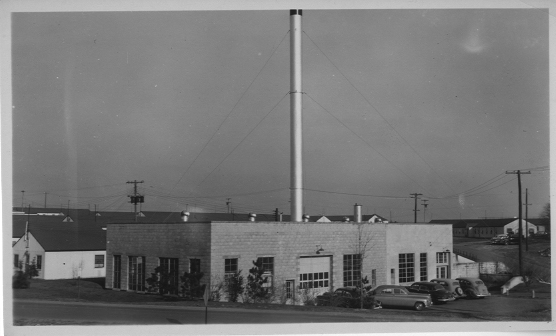 Late October 2013, a small group of EMS Energy Institute representatives gathered at the Penn Stater Conference Center to initiate a discussion on the direction in which the Institute should be heading. We updated our mission and vision statement to reflect our focus on energy technology research, student research training, and technical services. We narrowed down our ambitions into five obtainable goals. And we laid out a plan to meet those objectives in the next five years. Of course this was not all accomplished in one afternoon meeting.
Late October 2013, a small group of EMS Energy Institute representatives gathered at the Penn Stater Conference Center to initiate a discussion on the direction in which the Institute should be heading. We updated our mission and vision statement to reflect our focus on energy technology research, student research training, and technical services. We narrowed down our ambitions into five obtainable goals. And we laid out a plan to meet those objectives in the next five years. Of course this was not all accomplished in one afternoon meeting.
The result of these workshop sessions is a strategic plan that will guide the Institute’s decisions until 2019 with priorities that align closely with the goals of the College of Earth and Mineral Sciences and Penn State. The goals laid out in our plan respond to emerging research opportunities and societal needs that promote continued expansion of the Institute’s research portfolio. However, there is also an overarching theme running through each of these objectives. For the Institute to thrive as a research entity, we must expand our connections by building on ties with other University units, industry, government, and global entities. This theme can be seen throughout the goals below, but also on the other pages of this newsletter as we have already put many practices into place with the intent of connecting our expertise, our facilities, and our people with others.
Advance research to tackle contemporary challenges in energy resource development
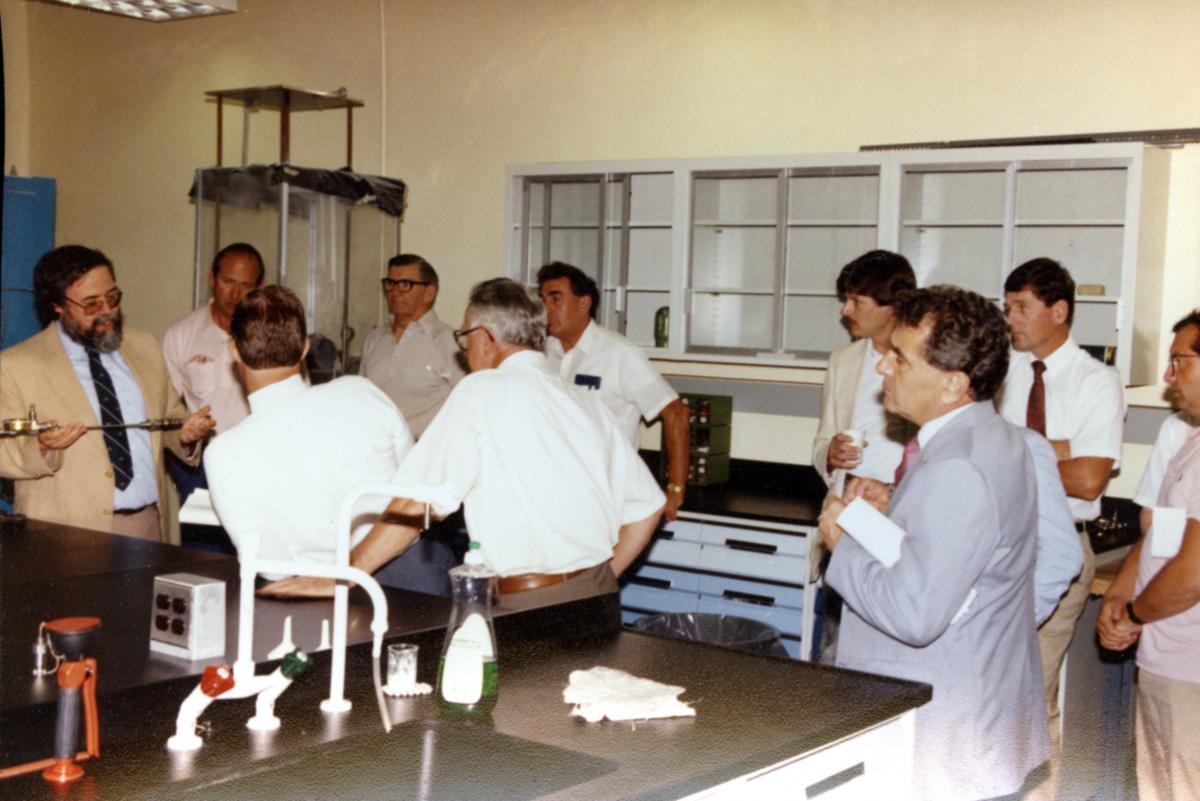 Research is exciting because it is always evolving. New technologies or economic changes can make new energy sources viable and cost effective. At the EMS Energy Institute we will align our research accordingly by focusing on challenges with sustainable energy resource development related to water use and quality and carbon emissions. In response to a global shift to unconventional resources we plan to further our research in the area of unconventional oil and natural gas extraction, especially in harsh environments. At the same time, the Institute will perpetuate Penn State’s position as a global leader in coal-related research by continue to cultivate core faculty strengths in coal and fossil fuel research.
Research is exciting because it is always evolving. New technologies or economic changes can make new energy sources viable and cost effective. At the EMS Energy Institute we will align our research accordingly by focusing on challenges with sustainable energy resource development related to water use and quality and carbon emissions. In response to a global shift to unconventional resources we plan to further our research in the area of unconventional oil and natural gas extraction, especially in harsh environments. At the same time, the Institute will perpetuate Penn State’s position as a global leader in coal-related research by continue to cultivate core faculty strengths in coal and fossil fuel research.
In addition, the EMS Energy Institute administration plans to expand our faculty base in key research areas through joint tenure-track faculty appointments with other departments in the College of Earth and Mineral Sciences and through collaboration with the Institute for Natural Gas Research at Penn State.
Expand capabilities through shared instrumentation
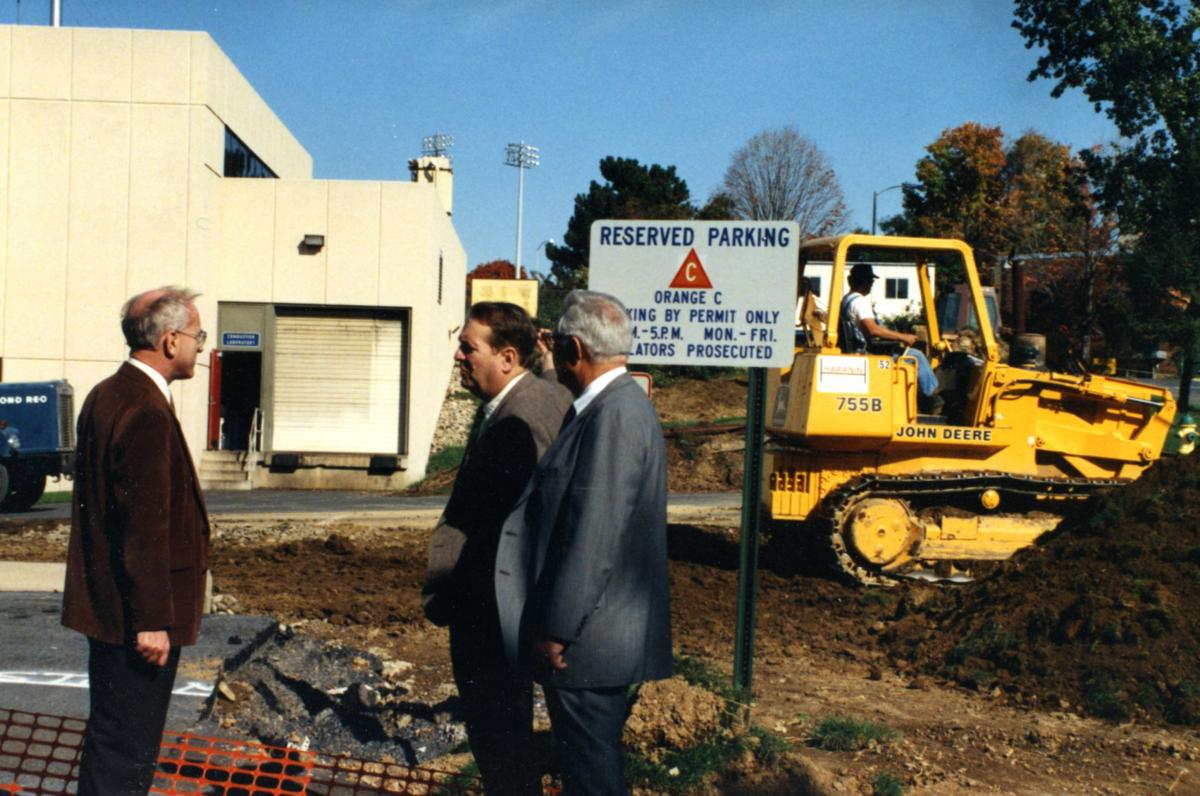 Most of our research relies heavily on specialized instrumentation, pilot- and lab-scale equipment, and unique software. Much of this equipment can last for decades and its uses cross research areas. But to remain innovative in emerging areas of energy technology, such as natural gas and sustainable energy, we must upgrade our infrastructure. The Institute plans to upgrade existing equipment and acquire new instrumentation to increase research productivity and provide new capabilities. Our goal is not to purchase equipment in a vacuum, but to focus on providing capabilities that are not available anywhere else on campus and to build a network to share instrumentation with researchers across the University.
Most of our research relies heavily on specialized instrumentation, pilot- and lab-scale equipment, and unique software. Much of this equipment can last for decades and its uses cross research areas. But to remain innovative in emerging areas of energy technology, such as natural gas and sustainable energy, we must upgrade our infrastructure. The Institute plans to upgrade existing equipment and acquire new instrumentation to increase research productivity and provide new capabilities. Our goal is not to purchase equipment in a vacuum, but to focus on providing capabilities that are not available anywhere else on campus and to build a network to share instrumentation with researchers across the University.
Cultivate synergies that promote research innovation
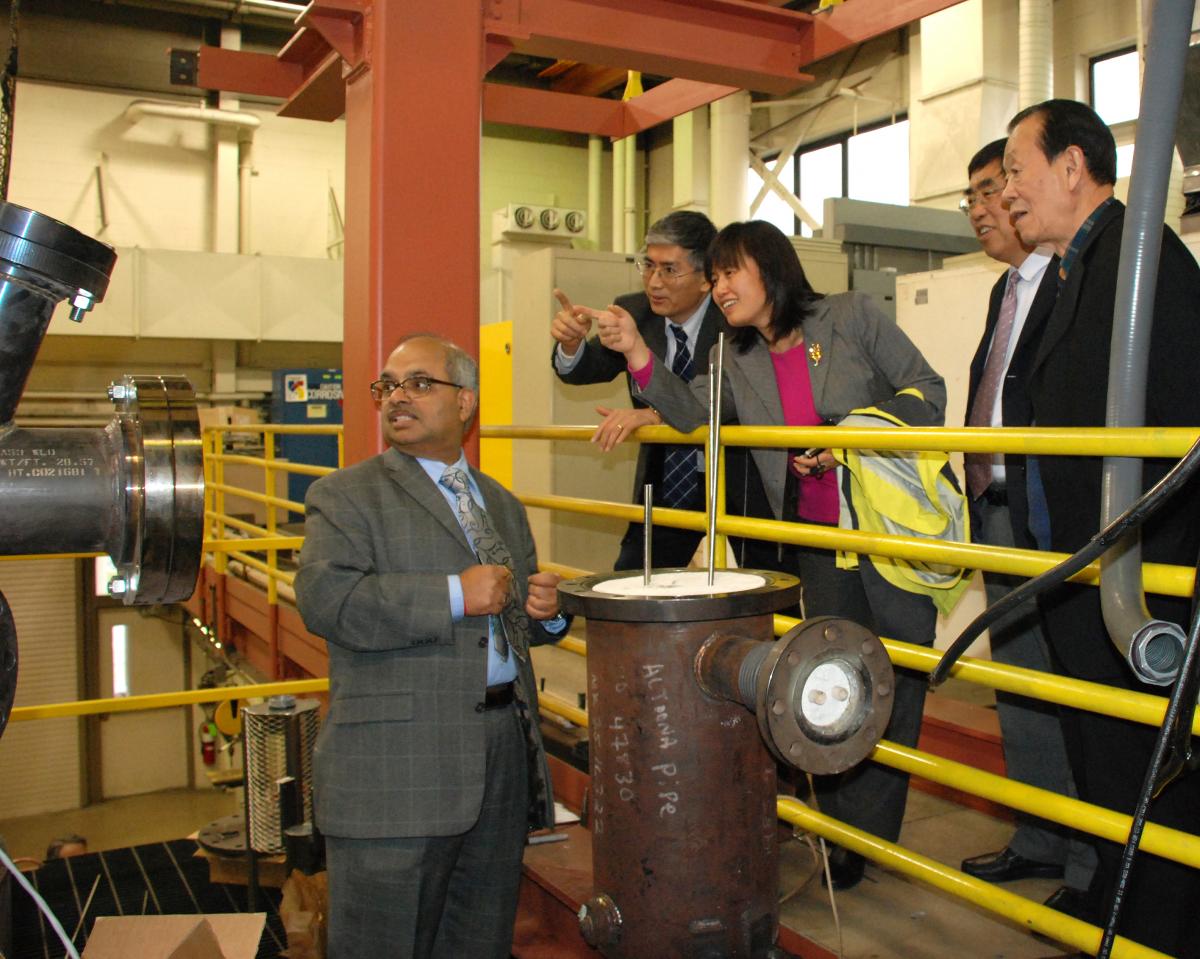 The main strength of the EMS Energy Institute is its ability to bring people together through projects, centers, and other initiatives. Along those lines, the Institute works to bring in speakers to promote the exchange of ideas with industry, government, and academia. However, we want to build on that strength by organizing more of these opportunities such as small group idea-sharing sessions, trainings, open houses, and workshops, all of which will help cultivate the connections that the Institute has worked to establish. Knowing the key to managing these synergies is strong communication, the Institute will build a robust web presence, expand listservs, and explore new communication technologies. We plan to continue to strengthen our communication and collaborations with other Penn State units, government, and industry.
The main strength of the EMS Energy Institute is its ability to bring people together through projects, centers, and other initiatives. Along those lines, the Institute works to bring in speakers to promote the exchange of ideas with industry, government, and academia. However, we want to build on that strength by organizing more of these opportunities such as small group idea-sharing sessions, trainings, open houses, and workshops, all of which will help cultivate the connections that the Institute has worked to establish. Knowing the key to managing these synergies is strong communication, the Institute will build a robust web presence, expand listservs, and explore new communication technologies. We plan to continue to strengthen our communication and collaborations with other Penn State units, government, and industry.
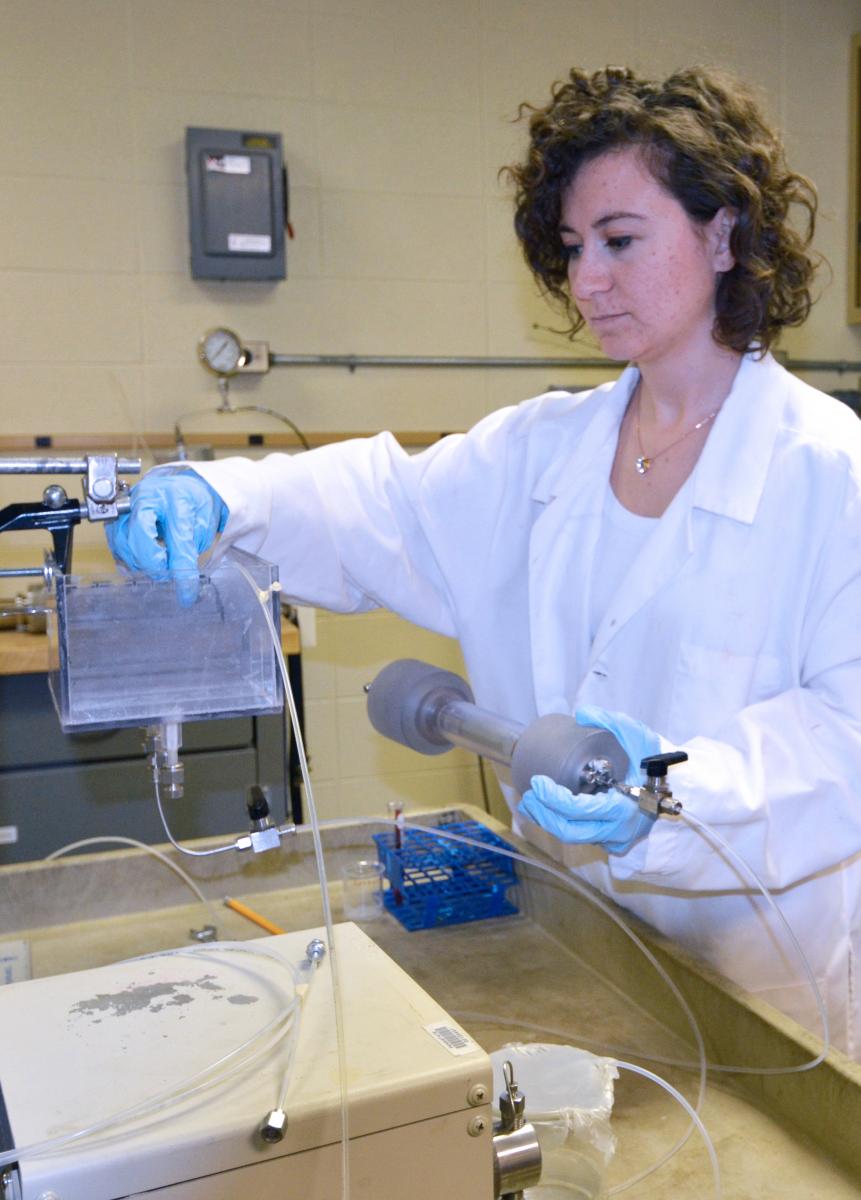 Enhance student educational experience
Enhance student educational experience
In alignment with the Institute’s overall goals, the fostering and enhancement of future researchers’ skills is of paramount importance. The proposed plan to enhance students’ educational experiences is two-fold. First, we want to prepare current graduate students for a career as future researchers by giving them the tools necessary to perform high-impact scientific research. Second, we plan to mentor and develop undergraduate researchers through the creation of an NSF Research Experience for Undergraduates, where Penn State and external undergraduate students can interact with faculty, and each other, and prepare them for a future in graduate school.
Grow global engagement
Industry-driven research has been at the core of the EMS Energy Institute research profile for nearly three decades. The Institute’s research facilities, its number and mix of faculty, and its supporting technical staff provide the necessary flexibility to conduct industry-sponsored research. Maintaining this strong working relationship with the clean energy industries can provide students with employment and internships opportunities, provide faculty with research funding and access to commercial-scale facilities/field sites, and provide faculty with insight on key research needs for a particular company or energy sector. During the next five years, the Institute will strengthen and expand its collaboration with clean energy industries, in part by providing funding to faculty members to form cooperative research centers. In addition to continuing strong industry ties, we will look to internationalize more of our research collaborations in the future years.

